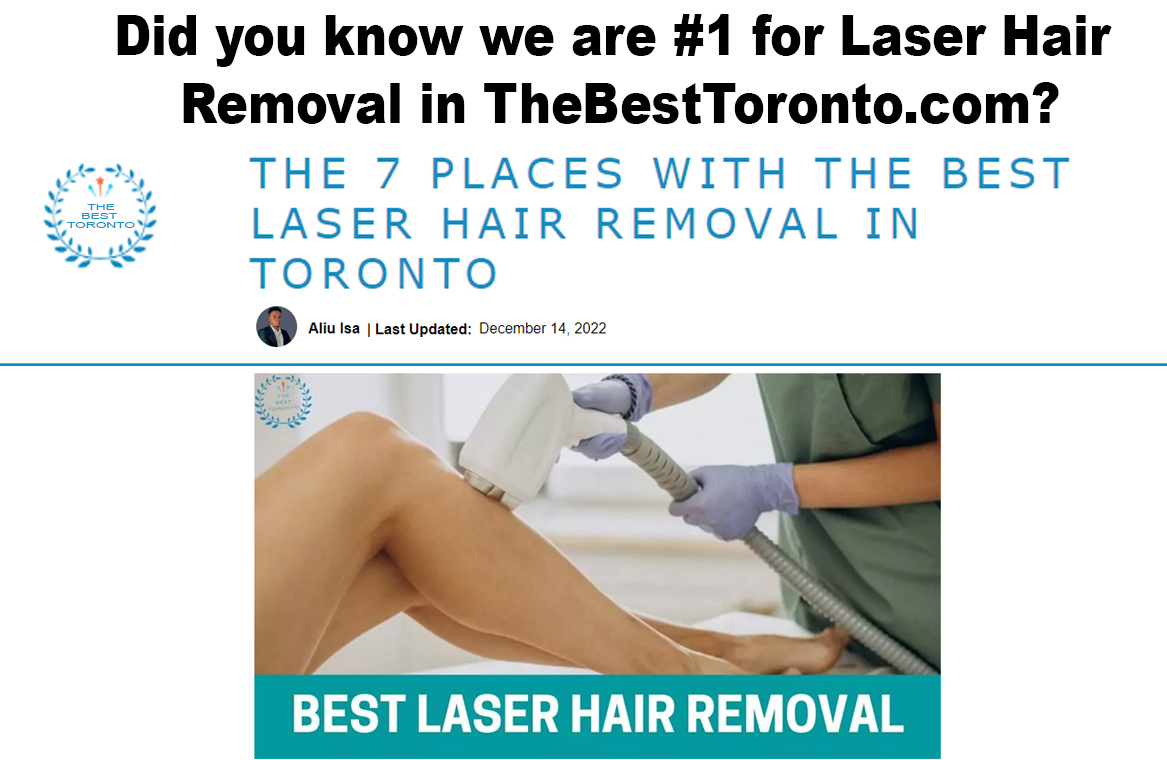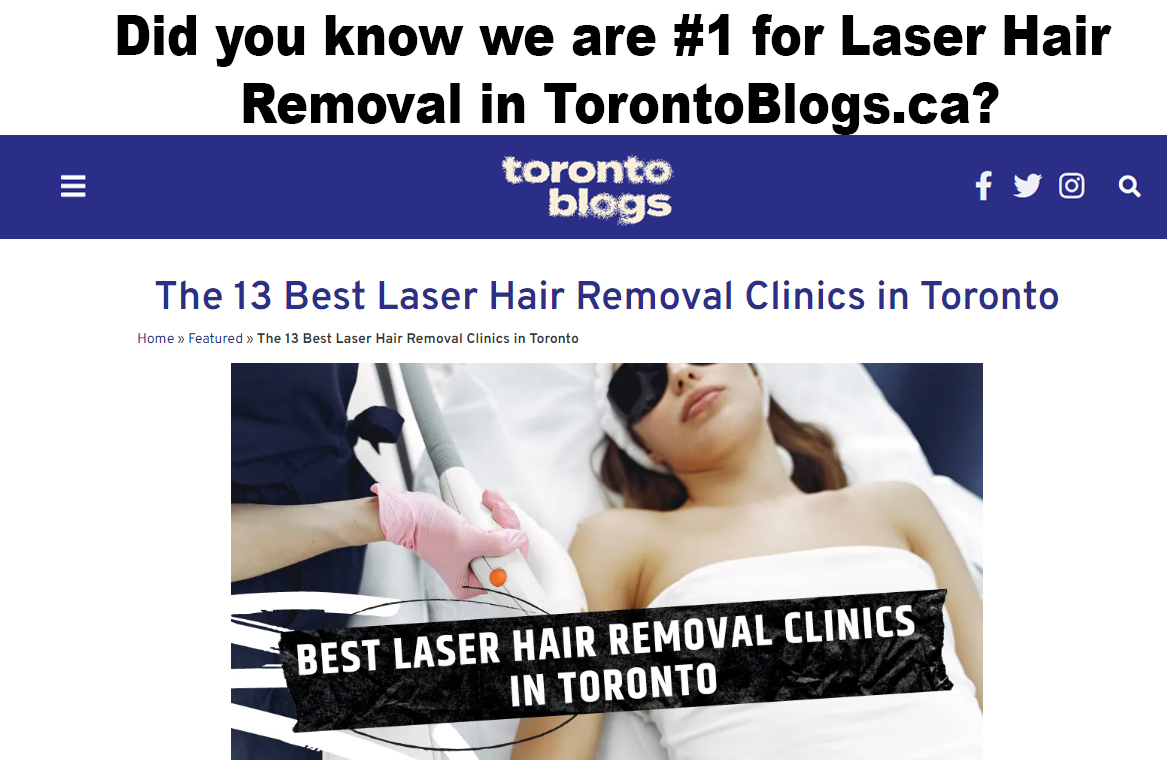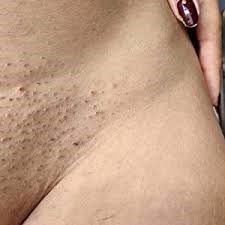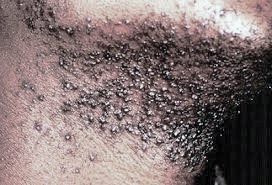How To Get Rid of Ingrown Hairs?
For those who experience ingrown hairs, laser hair removal has become an increasingly popular treatment option. Ingrown hairs arise when hair begins to grow back into the skin rather than upward and out of the hair follicle. This can cause irritation, inflammation, and even infection. Ingrown hairs are common in areas where hair is frequently shaved or waxed, such as the legs, underarms, and bikini area.
Book Your Free Consultation Today Or Call (647) 560-9233
By providing your phone number you agree to receive informational text messages from laserskin.ca. Consent is not a condition of purchase. Message frequency will vary. Msg & data rates may apply. Reply HELP for help or STOP to cancel.
Ingrown Hair Removal Toronto Before And After Images
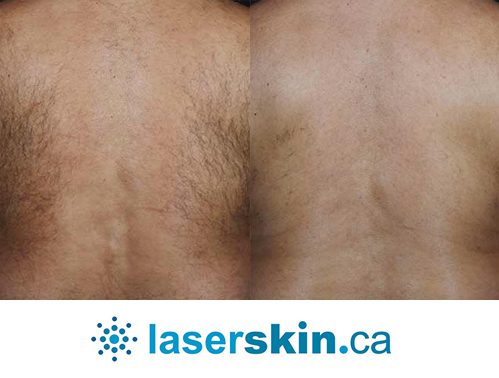
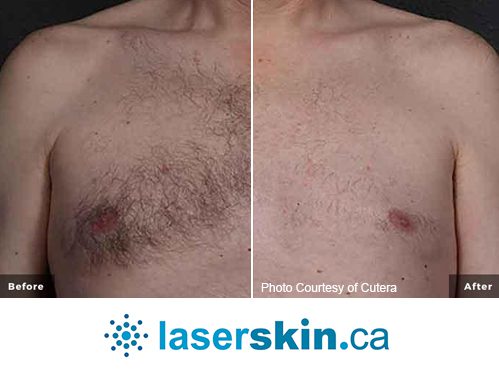

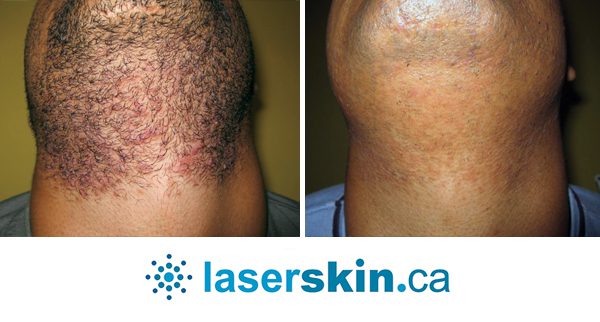
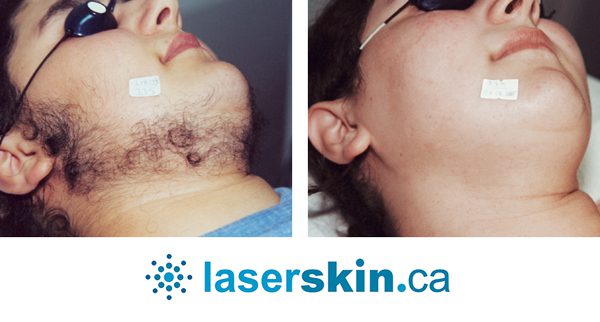
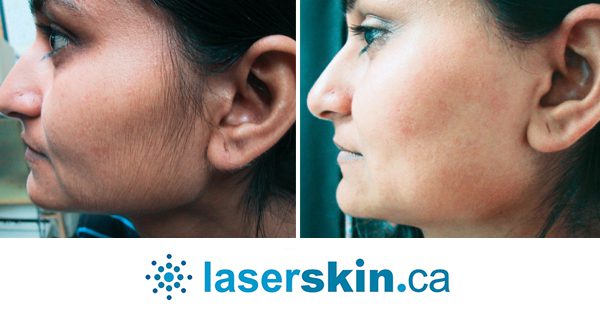
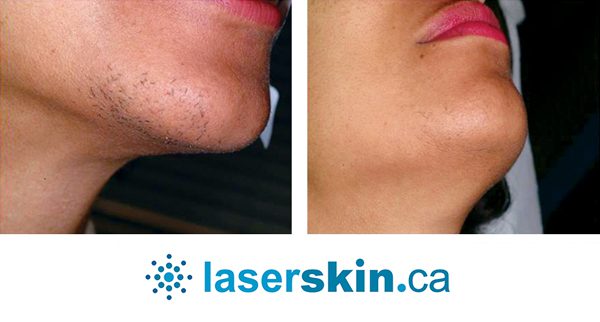
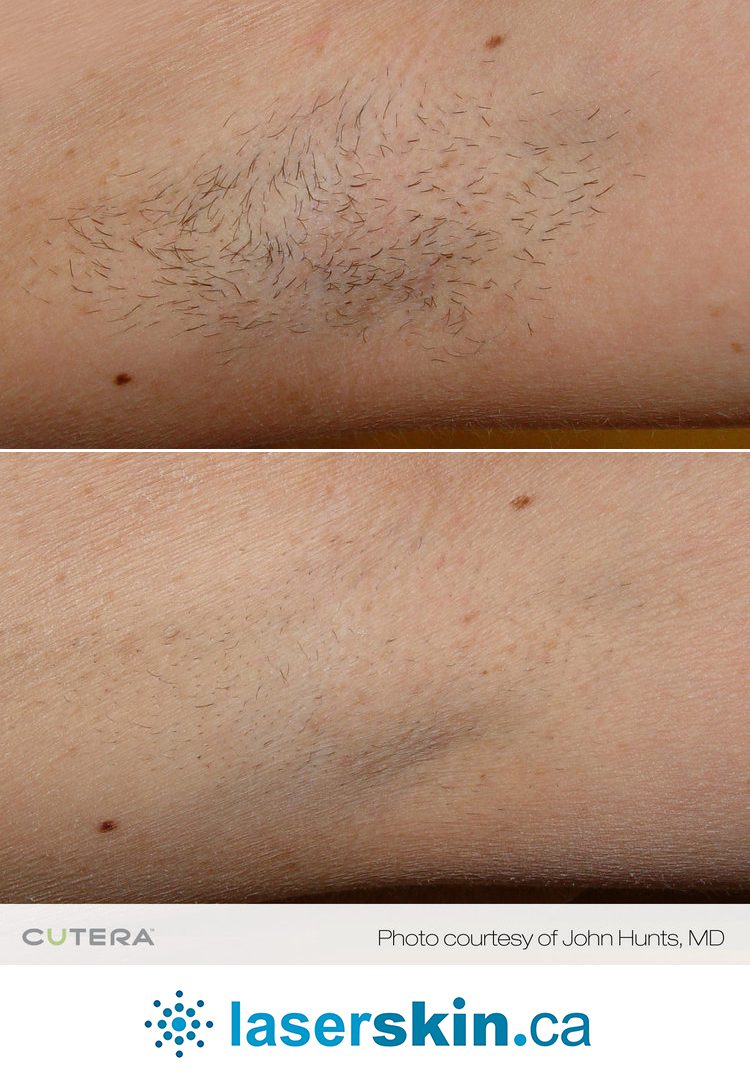
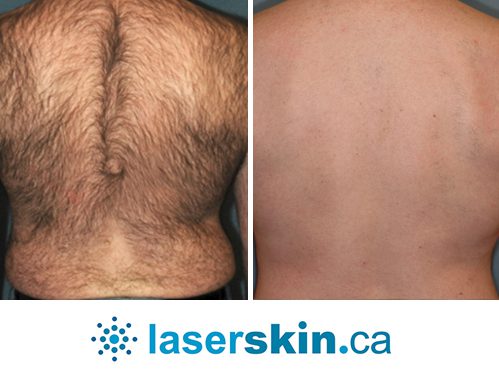
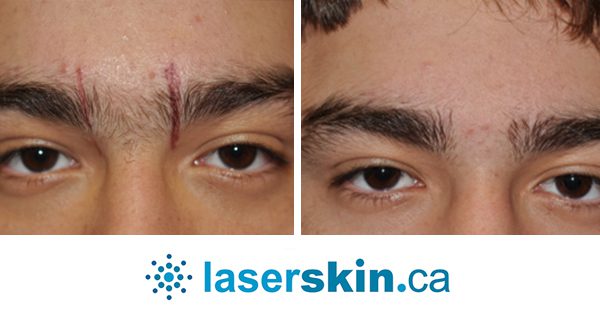
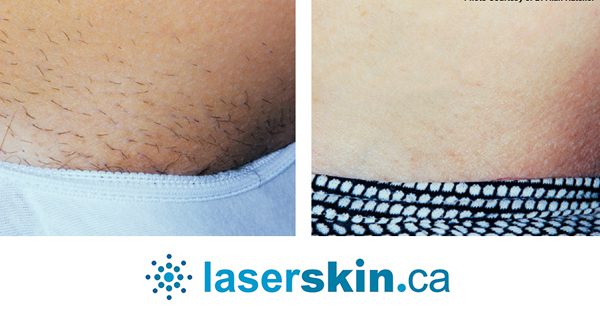
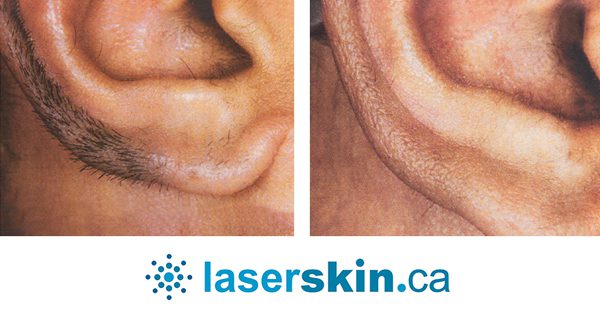
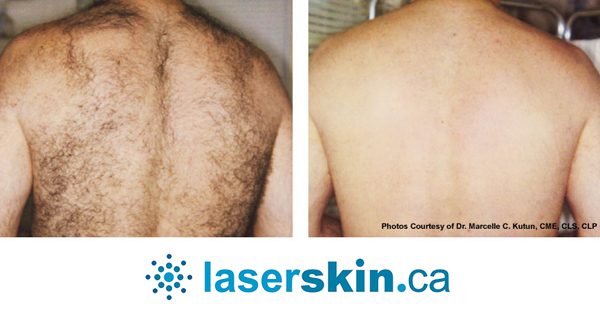
What Causes Ingrown Hairs?
The process of laser hair removal involves directing a powerful and focused beam of light to the hair follicles. The heat from the laser damages the hair follicle, preventing future hair growth. As a result, the hair will no longer grow in the same direction as before, which can reduce the likelihood of ingrown hairs.
What are the symptoms of Ingrown Hair?
Infected ingrown hair can occur as a symptom. When you have ingrown hairs, you may experience t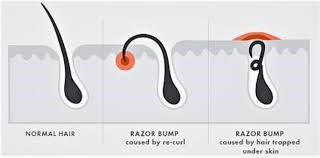
- Itching
- Infection
- Pain or discomfort
- A boil-like sore
- A raised red bump or bumps
- Ingrown hair cyst
Where Do Ingrown Hairs Usually Occur?
Ingrown hairs can happen anywhere on your face or body; ingrown hair armpit, even ingrown pubic hair, can be a problem. These are the most common places:
- Face
- Pubic area
- Back
- Chest
- Legs
- Armpits
- Neck
- Scalp
Untreated ingrown hair can cause complications such as infection, darkened skin, or create ingrown hair scars.
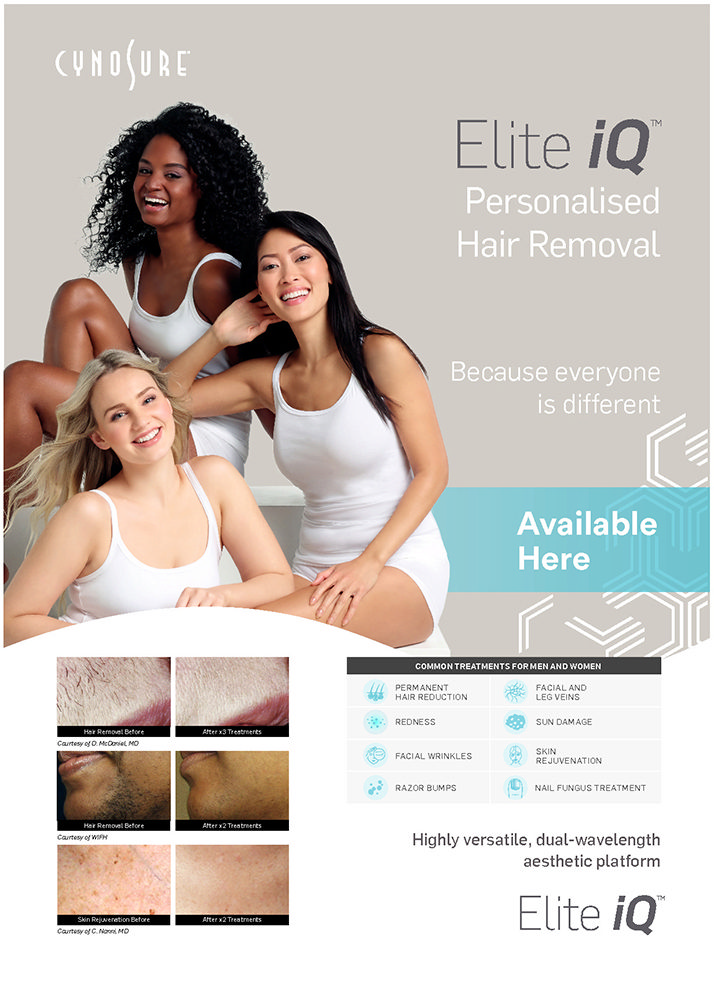
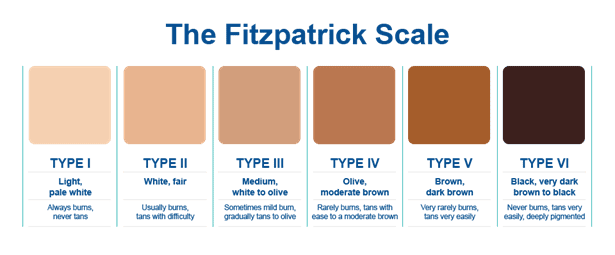
Benefits of Laser Hair Removal for Ingrown Hair
One of the main benefits of laser hair removal for ingrown hair removal is that it is a long-lasting solution. After a series of treatments, the hair follicle may be permanently damaged, which means the hair will not grow back. This can prevent future ingrown hairs and make daily grooming routines much easier.
However, it is important to note that laser hair removal is not a one-time solution. The number of treatments required varies depending on factors such as the individual’s skin type and hair color, as well as the area being treated. In general, most people require 6-8 treatments to see significant results. This is because hair grows in cycles and the laser can only target hair in the active growth phase.
Laser for ingrown hair removal. Are all laser hair removal methods the same?
Another benefit of laser hair removal for ingrown hair removal is that it can be used on a variety of skin types and tones. Traditional hair removal methods, such as waxing and shaving, can be harsh on the skin and lead to irritation and ingrown hairs. However, laser hair removal can be customized to each individual’s skin type and hair color, ensuring the most effective and safe treatment.
Before undergoing laser hair removal for ingrown hair removal, it is important to properly prepare the skin. This may include stopping other hair removal methods, such as waxing or tweezing, for a few weeks prior to treatment. It is also recommended to shave the area being treated a day or two before the appointment. This will ensure the laser can target the hair follicle as close to the skin as possible, for maximum effectiveness.
How does the procedure work?
During the laser hair removal treatment for ingrown hair removal, a handheld device will be used to deliver the laser to the targeted area. Most people describe the sensation as feeling like a rubber band snapping against the skin. However, many laser devices now come with built-in cooling technology to minimize discomfort.
After the treatment, it is important to take care of the skin to prevent further ingrown hairs. This may include exfoliating the skin to remove dead skin cells that can block hair follicles, using a glycolic acid treatment to help prevent razor bumps, and avoiding tight clothing that can rub against the skin.
It’s worth mentioning that laser hair removal may not be the best solution for every type of ingrown hair. If the ingrown hair is already infected, a sterile needle may need to be used to remove the hair and relieve the infection. In some cases, steroid creams may also be necessary to reduce inflammation.
Overall, laser hair removal is a safe and effective treatment option for ingrown hair removal. With proper preparation and care, it can be a long-lasting solution to prevent future ingrown hairs and make daily grooming routines easier.
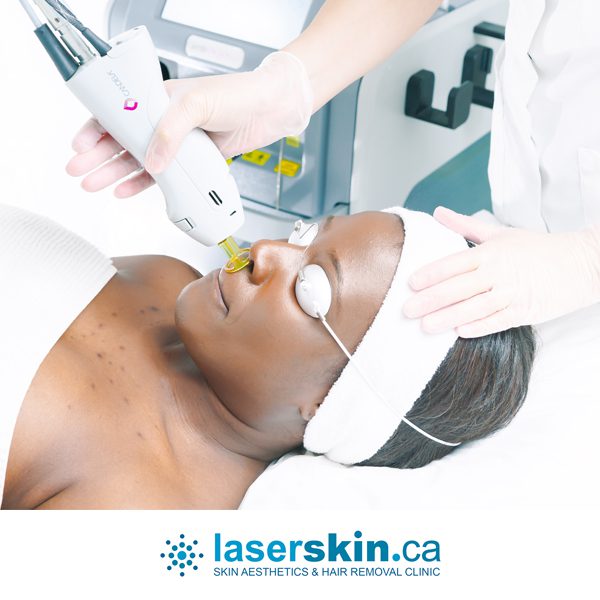
- Ingrown Hair – Cutaneous pili migrans. A Case Report. National Library of Medicine
- Pseudo folliculitis Corporis: A New Entity Diagnosed by Dermoscopy
- Ingrown Hair: Pseudofolliculitis Barbae, Disorders of Hair and Nails
- COMPARATIVE EVALUATION OF LONG PULSE ALEXANDRITE LASER AND INTENSE PULSED LIGHT SYSTEMS FOR PSEUDOFOLLICULITIS BARBAE TREATMENT WITH ONE YEAR OF FOLLOW UP
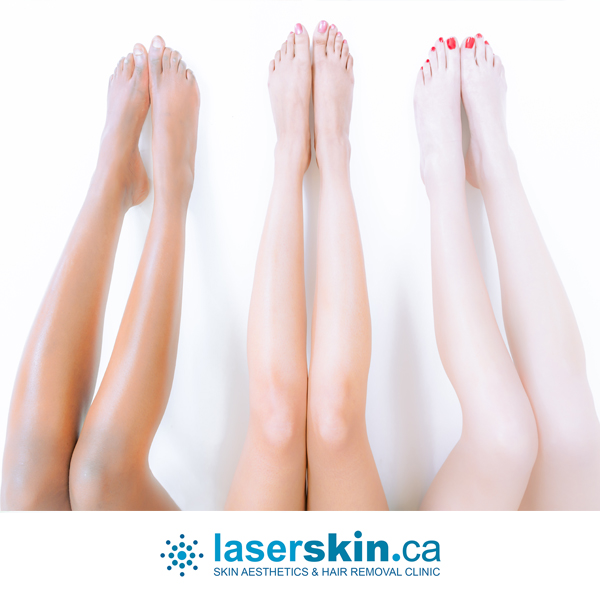
Q & A
What is laser hair removal, and how can it help with ingrown hairs?
Using laser energy, hair removal is a cosmetic procedure that aims to target and destroy hair follicles selectively, thus impeding or decreasing hair growth. The application of laser hair removal can provide relief from ingrown hairs by permanently reducing the potential for hair to become ingrown.
How effective is laser hair removal at treating ingrown hairs?
Laser hair removal is typically effective at treating and preventing ingrown hairs. By targeting the hair follicles, the procedure minimizes the chance of hair becoming ingrown. However, results can vary depending on the individual’s hair and skin type.
Are there any risks associated with laser hair removal for ingrown hairs?
While laser hair removal is generally safe, some potential risks can include skin irritation, temporary changes in skin colour, and rare cases, blistering or scarring. It’s also important to note that only some are suitable candidates for the procedure. People with darker skin, lighter hair, or certain health conditions may not be able to undergo laser hair removal.
Is laser hair removal a permanent solution for ingrown hairs?
While laser hair removal can significantly reduce the number of hairs and thus the potential for ingrown hairs, it’s not typically 100% permanent. Most people need multiple treatments and periodic maintenance sessions to maintain the results.
How long does it take to see results from laser hair removal for ingrown hairs?
While there can be variations in individual outcomes, it is generally expected that completing 3 to 7 sessions of laser hair removal will result in a noticeable decrease in hair growth and a reduction in the frequency of ingrown hairs. Typically, these sessions are scheduled with a 4 to 6-week gap.
Is the process of laser hair removal for ingrown hairs painful?
The consensus among most individuals is that the sensation encountered during laser hair removal is more uncomfortable than painful, often resembling the snap of a rubber band touching the skin. Topical numbing creams can be applied before treatment to minimize any discomfort.
Are there any specific pre or post-treatment care instructions for laser hair removal targeting ingrown hairs?
Pre-treatment instructions often include avoiding sun exposure, waxing, and certain skin products. Post-treatment, protecting the area from the sun is important, such as avoiding exfoliating the skin for a few days and applying any recommended soothing creams or lotions.
Can laser hair removal treat ingrown hairs anywhere on the body?
Yes, laser hair removal can be used on most body parts where ingrown hairs are a problem, including the face, neck, underarms, bikini line, legs, and back.
What’s the typical laser hair removal cost for ingrown hair treatment?
The cost of laser hair removal can vary greatly depending on the treatment area, the number of sessions required, and the specific clinic or spa. On average, you can pay anywhere from $200 to $500 per session.
Are there any alternatives to laser hair removal for treating ingrown hairs?
Yes, alternatives to laser hair removal for ingrown hairs include topical creams, exfoliation, chemical peels, and manual extraction. However, laser hair removal may provide shorter results than these.
Takeaway
In conclusion, laser hair removal is a highly effective and safe procedure for treating and preventing ingrown hairs. By directly targeting the hair follicles, the likelihood of hairs becoming ingrown significantly decreases. The treatment can be used on various body parts, offering a versatile solution for those struggling with this common problem. Although the process requires multiple sessions and maintenance treatments, and the cost can vary, the long-lasting results often make it a worthwhile investment. It’s important to remember that while laser hair removal may not be suitable for everyone, for many, it provides a valuable and lasting solution to the discomfort and aesthetic issues posed by ingrown hairs.

